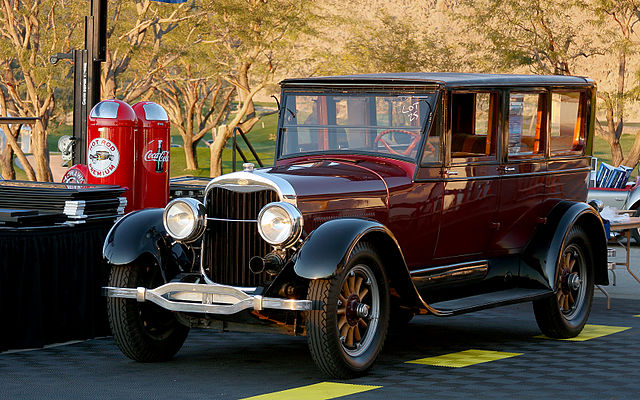A suicide door is an automobile door hinged at its rear rather than the front. Such doors were originally used on horse-drawn carriages, but are rarely found on modern vehicles, primarily because they are less safe than a front-hinged door. Being rear-hinged, if the vehicle was moving and the door opened, aerodynamic drag would force the door open, and the driver/passenger would have to lean forward and out of the vehicle to close it. As seat belts were not in common use at that time, the risk of falling out of the car and into traffic was high, hence the name "suicide door".. Another reason could have been that while a door was open on a city street, a speeding car moving in the same direction as the parked car could rip a front-hinged door off the parked car but someone in side the adjacent seat, even if moving to leave the car, could not get scratched. However, with a suicide door, someone inside or partially outside the passenger compartment would get struck by the suicide door forcefully swinging back to a shut position due to the impact of the speeding car.

A suicide door on a Delahaye Type 135
Lincoln Continental with rear suicide doors, left side doors open
The Fiat 600 Multipla with front suicide doors, right side doors open. Note that all four doors are connected to the B-pillars.
2010 Opel Meriva
Lincoln Motor Company, or simply Lincoln, is the luxury vehicle division of American automobile manufacturer Ford Motor Company. Marketed among the top luxury vehicle brands in the United States Lincoln is positioned closely against its General Motors counterpart Cadillac. However, beginning with the 2021 model year, they only offer SUV and crossover vehicles.
1922 Lincoln Model L touring sedan
1925 Lincoln Model L sedan (of Greta Garbo)
1926 Lincoln Model L town car
1930 Lincoln Model L sedan








